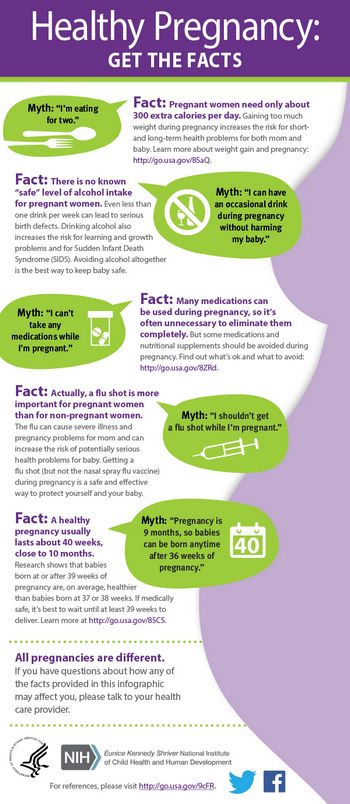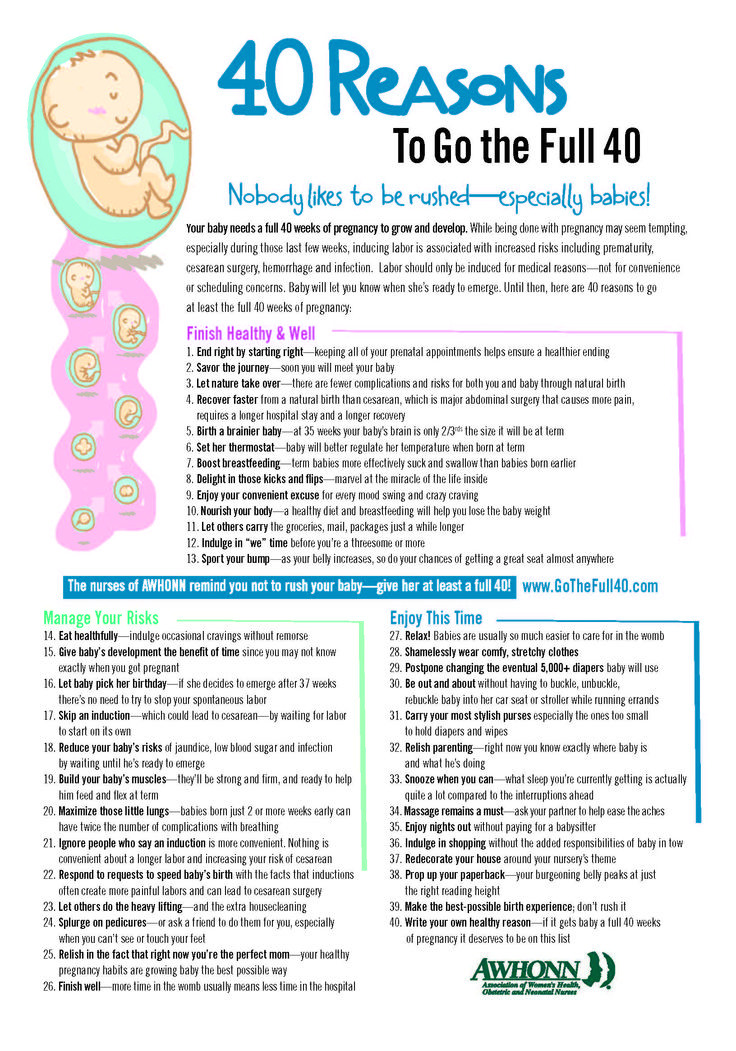How to renew child canadian passport
How to Renew a Canadian Passport for a Child
By Eric Mohrman Updated August 24, 2017
Jupiterimages/PHOTOS.com>>/GettyImages
Getting Your Child a New Canadian Passport
From birth to age 16, all Canadian kids need their own passports for international travel. A Canadian child's passport is only valid for five years, even if this extends past the 16th birthday. Children's passports are not eligible for renewal; only those passports originally acquired with an adult application by someone 16 or older qualify for renewal. So, if your kid's passport expires, or all its visa pages are used up, you just have to go through the application process again.
Who Can Renew a Child's Passport?
As with the first-time Canadian child passport, only the child's mother or father—or only the parent with legal custody in cases of separation or divorce—or a legal guardian may file for a subsequent passport. Both parents or legal guardians must sign the application whenever applicable.
How Long Does It Take?
If you're submitting the passport application in Canada, it typically takes 10 business days if you file in person at a passport office. If you send your application in by mail or if you file with a Service Canada or Canada Post receiving agent, expect it to take 20 business days. If you're mailing your child's application from the United States, it also generally takes 20 business days starting the day after your completed application and all necessary supporting documentation are received.
The process can take longer, though, and sometimes additional information is requested. Play it safe and build in some extra time if you have travel plans within the next few months. Expedited service is available in certain urgent situations, such as the death of a family member.
What Documentation Do You Need to Provide With Your Application?
Again, because it's not technically a renewal, you must show all the same supporting documentation that you showed for any previous Canadian child passports, including:
- The child's original long-form birth certificate or original certificate of Canadian citizenship
- Proof of parentage or legal guardianship
- Two identical passport photos of your child taken within the last six months; one must have the name and address of the photographer and the date the photo was taken on the back, and one must be certified and signed on the back by a guarantor affirming that the image is your child.

- Any relevant custody or mobility documentation, including the original court order or mobility consent from the non-custodial parent
- Any valid Canadian passport or travel documentation issued in your child's name
- Supporting legal documentation or court order, or an official declaration of change of sex designation if you're changing your child's sex on the new passport
How Much Does a Canadian Child Passport Cost?
Payment must be provided along with your application and supporting documentation. The base fee for a five-year child passport is CAN $57. If you need urgent/expedited processing, additional fees apply. Also, if you file with a Canada Post receiving agent, you'll be charged an extra CAN $20, plus applicable taxes.
How Do You Get a Canadian Child Passport Application?
A PDF version of the application for a Canadian child passport can be downloaded online at the government website. Read the instructions at the top of the page before you start filling it out.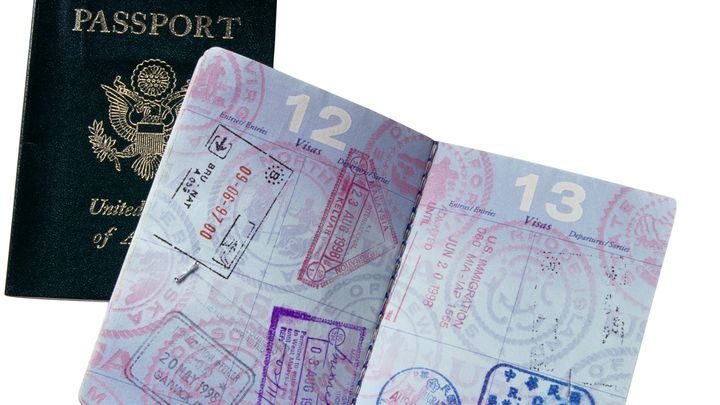
Where Do You Submit Your Application?
To send in your child's passport application by mail, send it to Government of Canada, Passport Program, Gatineau QC K1A 0G3, Canada. If you prefer to file for your child's passport in person, find your closest Canadian passport office, Service Canada Office or Canada Post passport receiving agent location by visiting the Government of Canada website.
How Do You Make Your Payment?
If you're sending your child's passport application in by mail, you can pay with a Visa, MasterCard or American Express credit card, or with a certified check or money order payable to Receiver General for Canada. Note that pre-paid credit cards are accepted, but debit cards are not.
If you're applying in person, cash and personal checks are not accepted. The same payment methods listed above are all accepted, as are debit cards.
How Do You Get Your Child's Passport?
If you apply for the passport by mail, it will be mailed to you, along with the original supporting documentation. If you apply in person, you may have the passport sent to you by mail or you can pay for pickup service.
If you apply in person, you may have the passport sent to you by mail or you can pay for pickup service.
Renew Child Passport in Canada
Family holidays can be wonderful fun for mom and dad and kids of all ages. If your family holiday plans include international travel, though, remember that each and every member of the family must have their own passport or travel document regardless of their age. Even infants and babies need their own passports. Passports for minors under the age of 16 (sixteen) are only valid for 5 (five) years, so they have to be renewed regularly. This article will explain how to renew your child’s passport in Canada.
In this article:
- Renewing your child’s passport in Canada
- Renewing a passport with a visa
- Canadian passport photo standards
- The reverse side of your passport photos
Passport photo in 3s!
Take a photo with your smartphone, upload it to the website, we will convert it to an official passport photo and send you a digital or printed version. Simple? You can’t get more convenient than that!
Simple? You can’t get more convenient than that!
Try it for free!
Renewing your child’s passport in Canada
The process for getting a passport for a child is the same if it is their first passport, second, third, or more. Listed here are the six basic steps.
- First, complete the 9-page Child General Passport Application application form. The form should be signed by both parents or legal guardians.
- Next, gather all necessary documents. This means proof of identity and proof of citizenship; a Canadian birth certificate will satisfy both requirements. If this is not the child’s first passport, then the old passport which you are renewing also needs to be submitted so it can be canceled or destroyed. If your child was adopted from another country, you will need proof of parentage or proof of legal guardianship, such as an adoption decree and a name change certificate.
- Get your child’s new passport photos taken and printed. This can be done at many drugstores and retail stores such as London Drugs.
 You can also use an online photo editor like Passport Photo Online if you prefer to take your own passport photos.
You can also use an online photo editor like Passport Photo Online if you prefer to take your own passport photos. - Find a guarantor. All minors are required to have a guarantor sign for them, both on the application and on the back of their passport photo. The guarantor may be a family member who has known the parents for at least 2 (two) years, and must have knowledge of the child.
- Submit the application and pay the fee. Ship the application by certified courier or traceable mail service to: Government of Canada, Passport Program, 22 de Varennes Street, Gatineau, Quebec J8T 8R1. If you prefer to apply in person, you will need an appointment: complete the online Service Canada form.
- Finally, you will receive your child’s passport. If you applied by mail, the new passport will be mailed to you (your supporting documents may be mailed separately). If you applied in person, the pickup date will be printed on your receipt.
Pretty straightforward, right? Of course, there can be complications! Keep reading for more details.
Renewing a passport with a visa
It is important to remember that if your child’s current passport has a valid visa in it, you must be sure to tick the box on the application form that you want the original passport canceled and returned to you. If you don’t tick this box, the passport will be securely destroyed and you will need to reapply for a new visa.
Passport nearing its expiry date? Get ahead of the game and up to speed by reading:
Canadian passport photo standards
You need to submit 2 (two) recent passport-style photos with each passport application. A passport-style photograph is simply a full-face view of the head and shoulders. The photos must measure exactly 50 mm wide by 70 mm high, with the image of the face anywhere between 31 mm-36 mm high. The pictures can be in colour or in black & white.
When crossing an international border, passport photos are scanned by machine to verify identity. It is therefore very important that the photograph resembles the passport holder as much as possible! Be sure to comb the hair out of your child’s eyes, so that their face is fully visible.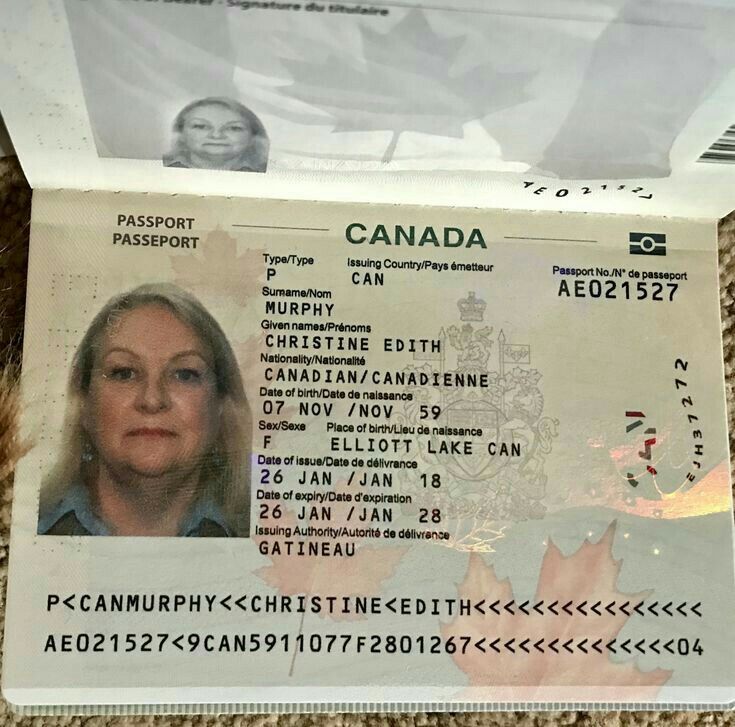 The child’s eyes need to be open and looking at the camera, although exceptions can be made in the cases of newborn babies.
The child’s eyes need to be open and looking at the camera, although exceptions can be made in the cases of newborn babies.
Hats and other headgear are not permitted (unless worn every day for religious or medical reasons). If your child wears eyeglasses, make sure their glasses don’t have any glare on the lenses. Sunglasses are not allowed at all.
The reverse side of your passport photos
Just as important as the image on the front of your photo is what is written on the back. First, the photographer must sign and date the photo, and write the address of their photo studio. Most commercial studios and drugstores have a rubber stamp for this purpose.
Second, the child’s guarantor must also sign and date the photo, along with the notation, “I certify this to be a true likeness of (child’s name). I have known the applicant (meaning the parent) for (number of) years. Signed at (location).”
Passport Photo Online
If you have a large family with several kids all needing passports, you may be looking for an alternative to taking everyone into the drugstore.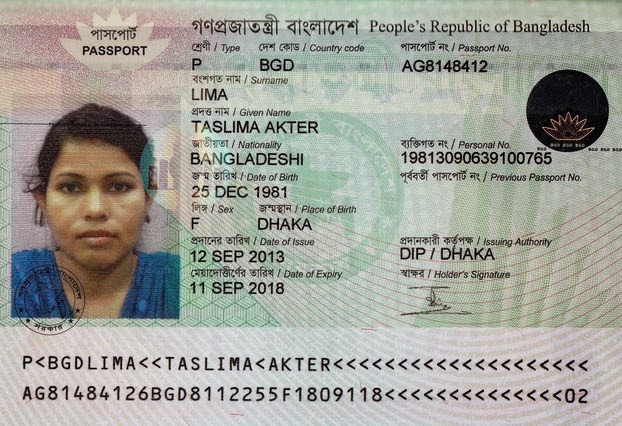 You might also be interested in saving over 25% in the cost of passport photos! Passport Photo Online can help with both of these by making it easy to take passport photos at home.
You might also be interested in saving over 25% in the cost of passport photos! Passport Photo Online can help with both of these by making it easy to take passport photos at home.
Passport Photo Online is an online photo editor that turns your pictures into perfect passport photos. Upload your images into the Passport Photo Online app and in a matter of seconds they are converted into passport-compliant biometric photos that are emailed to you as JPG files. Get these pictures printed as 4 x 6 photographs and use them for your family’s passport applications.
Now, take a look at some of the most common questions people ask.
Children’s passport renewal in Canada: FAQ
Do babies need passports in Canada?
Yes. All Canadian children, from newborns to age 16 (sixteen) require a passport for international travel. All children regardless of age should carry a valid passport when they are travelling or living abroad.
How much to renew a child’s passport in Canada?
$57 CAD ($100 CAD if applying from the USA).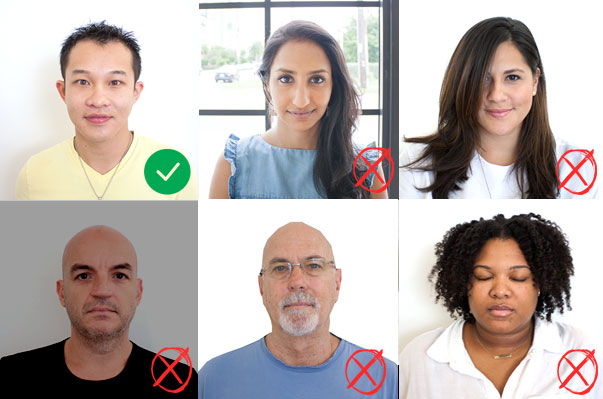
Can I pay the fee online?
Yes, you can pay online for all your passport services before you submit your application. Be sure to print your receipt.
Can I renew my child’s Canadian passport online?
No, online applications are not done in Canada. You can either mail in your forms or present them in person.
Does it take long to get a child passport in Canada?
Allow at least 20 (twenty) business days for processing. The processing time for a passport for children and newborns is the same as for adults, but due to COVID-19 many offices are behind schedule.
What is the cost for renewing a Canadian passport?
For children, the Canadian government fee for a 5-year validity passport is $57 CAD. A 5-year validity passport for adults is $120; for the 10-year passport, $160. Both new passports and renewed passports cost the same.
Do I need a guarantor to renew my child’s passport?
Yes. All non-simplified passport applications require a guarantor who has known the applicant personally for at least 2 (two) years.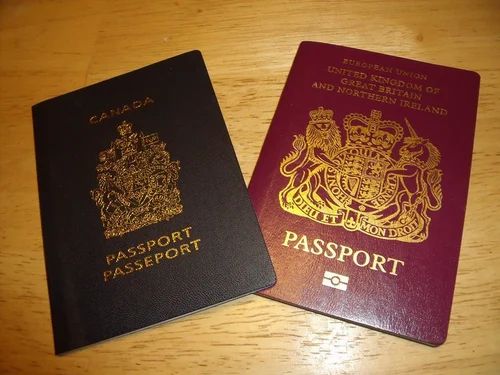 If the passport application is for a child, the guarantor must have known the applicant’s parent(s) for at least 2 (two) years.
If the passport application is for a child, the guarantor must have known the applicant’s parent(s) for at least 2 (two) years.
What are the qualifications to be a guarantor for a passport?
The guarantor has to be a Canadian citizen at least 18 (eighteen) years of age, who holds a valid Canadian passport (or one that is expired less than one year) which they acquired as an adult. They can be a family member, but not the parent who is applying for the minor’s passport.
Can one parent or guardian apply for a child’s Canada passport alone?
Yes, a single parent with legal custody of a child may apply for that child’s passport, although both parents should sign the application form if possible.
How do I get a passport if one parent is absent or unavailable?
The passport rules have now been changed to allow single parents to apply for passports for their children. The passport application form now requires the applicant to provide the name of one parent or legal guardian and not both.
When should I renew my child’s passport in Canada?
Do not wait until it expires. Begin the renewal process 6 (six) to 9 (nine) months before the current passport reached its expiry date.
Do I need to update my child passport photo every year?
No. Children’s passports last 5 (five) years, even if the child doesn’t really look like their passport photo anymore. You are not required to update the photos until renewal time, although some parents opt to do so.
Do I need a new passport photo in order to renew my passport?
Yes. You must get a new passport photo when you get a new passport, even if your appearance has not changed significantly. Your photo has to have been taken within the last 6 (six) months.
Can cousins be references for a passport?
Yes. Your aunt, uncle or cousin may be a reference for your passport application as long as they meet the requirements.
Does Passport Canada call your references?
Generally no, but in some cases they will call.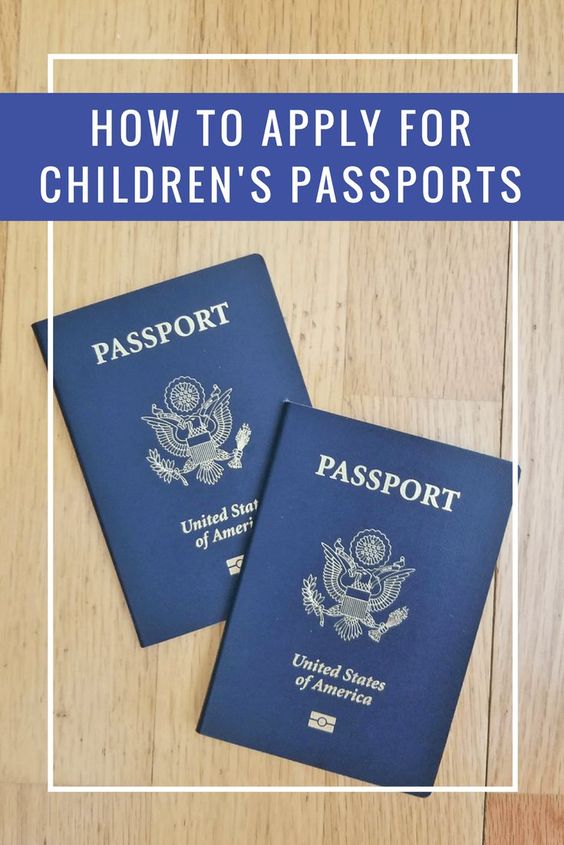 For an urgent (next day) passport replacement, they are more likely to call your references.
For an urgent (next day) passport replacement, they are more likely to call your references.
Should I sign my children’s passports for them?
No. In fact, a parent’s or legal guardian’s signature makes the document invalid.
Are babies born in Canada automatically citizens?
All babies born on Canadian soil are automatically granted Canadian citizenship (except for children of foreign diplomats, of course).
Can I submit my documents in French?
Yes, you can submit your documents in either French or English. Documents submitted in any other language must come with an official translation.
Child’s Canadian passport: a summary
Your child needs to have a passport if you want them to be able to travel internationally. This passport has to be renewed or replaced at least every 5 (five) years. The cost is $57 CAD and can be paid by credit or debit card, or by bank draft; personal cheques are not accepted. Applications are done best via the post, but you may also apply in person.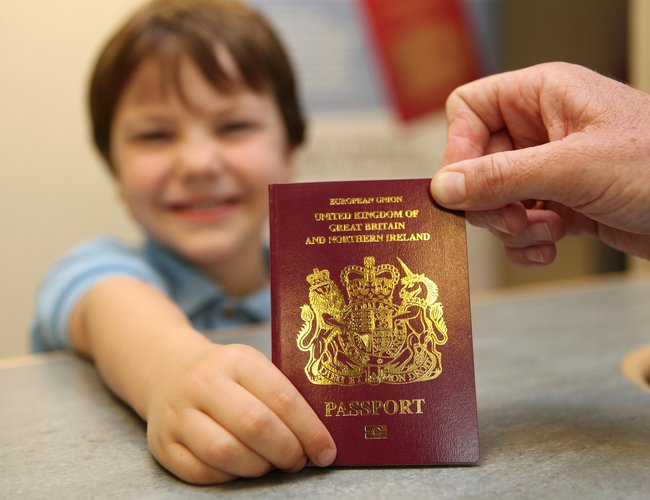 Online applications are not available. Your child will need a guarantor to sign the application and to sign the back of the passport photo.
Online applications are not available. Your child will need a guarantor to sign the application and to sign the back of the passport photo.
The passport photo must meet official government standards for a biometric photograph. If you need help with your photographs, use Passport Photo online and select “Canadian Passport” from the menu of options; the user-friendly app will simplify the process for you. If you choose to submit your own photos, you as the photographer will need to sign and date the prints yourself, along with your home (or office) address.
Sources
- [1] https://www.canada.ca/en/immigration-refugees-citizenship/
Take a passport photo
Bryan Geer
Bryan is a writer and filmmaker originally from Texas who has sailed around the world. Thanks to his experience in the cruise industry and customer service, he understands what customers feel and needs, and as a result of numerous travels he has specialized in passport photography. Bryan is the author of FOG WATCH published on Amazon.
CUAET: "Visa-free" entry for Ukrainians - details
Today, Canada opened the acceptance of applications for visa-free entry for Ukrainians under the Canada-Ukraine authorization for emergency travel (CUAET) program. The most important thing about the program:
"Visa-free" should be written in quotation marks, since the authorities will still issue not the announced permits ("authorization"), but temporary visas, but the process of obtaining them will differ significantly from the usual one.
A large number of supporting documents, which make up the bulk of a regular visa application, will not be required.
The entire application is completed and submitted online, as opposed to the regular application, which requires some forms to be completed separately.
It will be possible to use an internal passport or an expired international passport for entry - in this case, a single travel document will be issued. Such cases will be considered individually.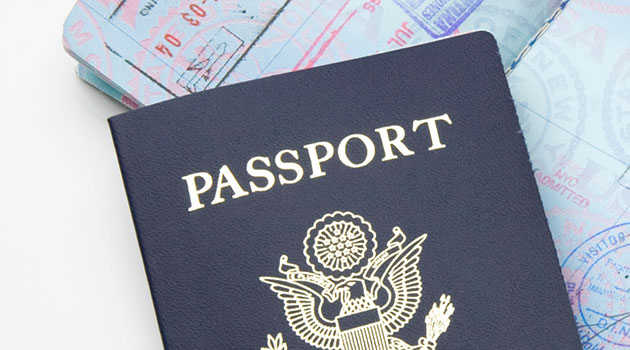
Family members of Ukrainians (spouses, children and grandchildren) can also apply for entry under the CUAET program, regardless of citizenship.
When applying for entry, you can apply for a work permit at the same time. It will be possible to stay in Canada after entry for 3 years; The work permit will also be valid for the same period.
There is no state fee for consideration of the application, CUAET applications (as well as all visa and immigration applications of Ukrainians) will be considered in order of the highest priority.
School age children will be able to study in Canadian schools.
our telegram channel: Immigration Lawyer
COVID vaccination requirements for those entering with CUAET permission do not apply. It is not necessary to pass a medical examination for entry, but this may be required in the future, already in Canada.
As in the case of a regular visa application, you will need to pass biometrics - to pass fingerprints. More than 30 biometrics collection points will operate in Europe.
More than 30 biometrics collection points will operate in Europe.
Applying for entry
You can apply for visa waivers online at: https://www.canada.ca/en/immigration-refugees-citizenship/services/immigrate-canada/ukraine-measures/cuaet. html
When the program was announced 2 weeks ago, the authorities used the term "authorization". This gave hope that the visa waiver application process would be similar to the electronic authorization (eTA) process that Canada requires from citizens of countries with visa waiver privileges.
However, today it became clear that Ukrainians will receive visas in their passports, and the application will not be as simple as obtaining an eTA.
In fact, we are dealing with a full-fledged visa application - this is the amount of information required to fill out online forms.
The process of obtaining visas will not be very fast: filling out and submitting an application will take time and quite painstaking work, and besides this, you will also need to pass biometrics and get a visa in your passport.
A separate difficulty is the fact that the online portal for Ukrainians does not have a user interface in Ukrainian - you will have to deal with the English (or French) text yourself, or ask for help.
Answers to some important questions have also appeared
Will Ukrainians who have already left the country be able to come to Canada?
Applications under the CUAET emergency program are accepted from all Ukrainians, including those who are outside the country. Perhaps priority will be given to applicants who are directly in Ukraine, or who left it quite recently, but in any case, all citizens of Ukraine have the opportunity to obtain permission to enter Canada.
Will citizens of other countries be able to come to Canada from Ukraine?
The CUAET program only allows Ukrainian citizens to apply. The exception is their closest relatives - spouses, children and grandchildren - who can also come to Canada from Ukraine, even if they have citizenship of another country.
When can I come to Canada?
The expected turnaround time for CUAET applications is approximately 14 days. After receiving a positive decision, passing biometrics and obtaining a visa, you can immediately fly to Canada.
This period may seem unreasonably long, given the active hostilities in Ukraine, and the fact that many countries issue visas in a matter of days. However, it should be remembered that applications for visas to Canada have always been considered for quite a long time; the terms of consideration, as a rule, exceeded one month, and often reached two or three months or even more.
Limitations of the CUAET program
Formally, the CUAET program has no quotas and literally all Ukrainians can use it without restrictions.
However, it became clear that the implementation of the program itself included a sort of selection mechanism: the complexity of the online portal would automatically eliminate the situation in which a huge number of applications would be submitted at the same time.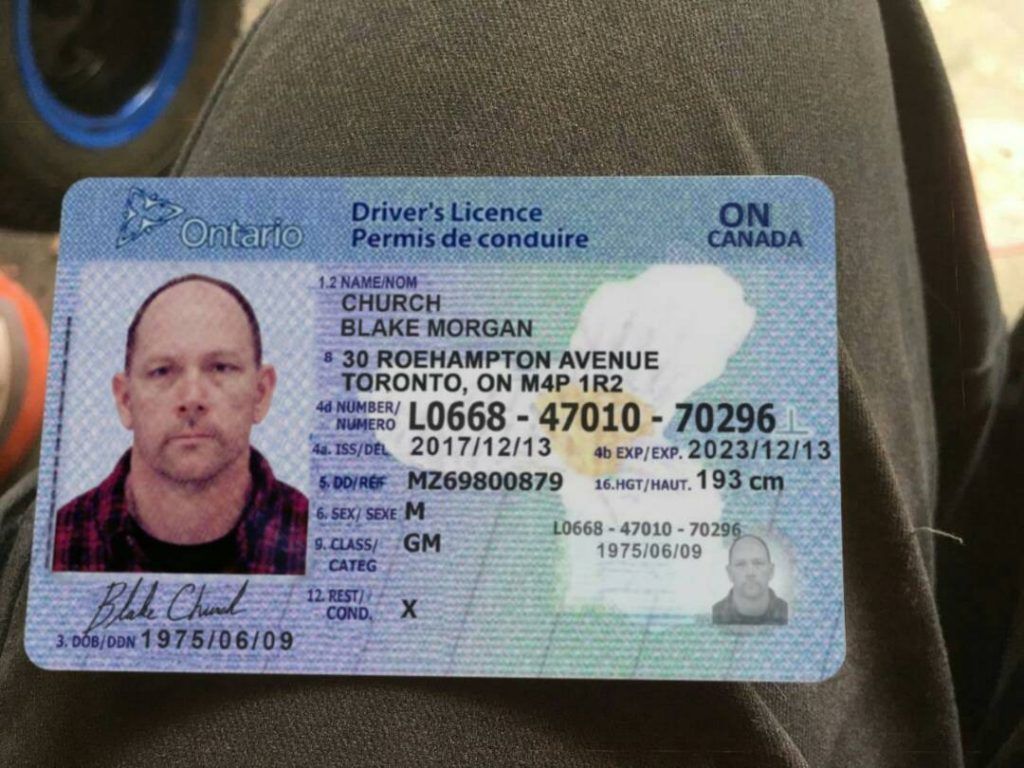 Each application will require a certain amount of time to prepare; the process of submitting biometrics and obtaining a visa also requires time, cost and effort.
Each application will require a certain amount of time to prepare; the process of submitting biometrics and obtaining a visa also requires time, cost and effort.
In addition, Canada obviously does not plan to proactively take Ukrainians out of Europe on special flights - this means that the flight will be paid by the refugees at their own expense.
All of the above means that the flow of applications for visas under the CUAET program will be large, but not avalanche. Considering that the program will operate only in times of war, it can be assumed that the number of visas issued will not be excessive.
how to get a residence permit in Canada, calculation of points on the calculator, documents, how the selection process is carried out
I have always wanted to live in an economically developed democratic western country. But I didn’t know how to move there not as a tourist, not as a student, but as a resident with the right to work.
Alena Tarasova
received a residence permit in Canada
Author profile
I was 33 years old, I have a liberal arts education, fluent English and about $15,000 in savings.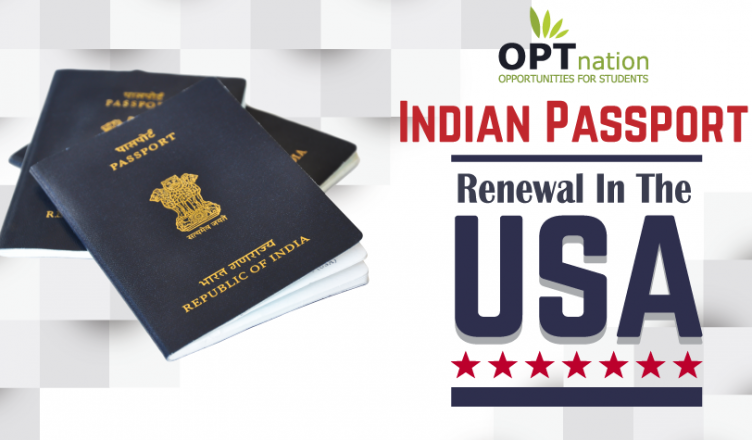 It seemed that with such initial data, there were no options for emigration. But in January 2019, I accidentally stumbled upon the Canadian Express Entry program on the Internet. A year later, I already had an immigrant visa in my passport.
It seemed that with such initial data, there were no options for emigration. But in January 2019, I accidentally stumbled upon the Canadian Express Entry program on the Internet. A year later, I already had an immigrant visa in my passport.
In April 2020, I had to leave Russia. Due to the coronavirus pandemic, this plan was delayed: first, Canada banned entry, then Russia suspended international flights. I managed to move only in June.
In the article I will tell you what documents I needed and how much it all cost.
I moved to Toronto in June 2020Express Entry is currently suspended
In 2021, due to the COVID-19 pandemic, selection for the program was suspended. In March 2022, to move to Canada, you can use provincial programs - the Provincial Nominee Program - or get a work visa and, after a year of work, apply for the Canadian Experience Class - a program for foreigners working in Canada.
You can also go to Canada as a student in 2022.
What is Express Entry
Express Entry is a system developed by the Canadian government through which foreign skilled workers can apply to become permanent residents of Canada. Thus, the country attracts professionals.
Thus, the country attracts professionals.
Website about the Express Entry program in Russian
To apply, you must meet at least three criteria:
- Have relevant work experience.
- Knowledge of English or French - this will need to be confirmed by an IELTS certificate or other exam.
- Have at least some education.
What kind of work experience is needed
In Canada, all specialties are divided into groups depending on the duties and qualifications of the employee. This division is called National Occupational Classification - NOC - National Occupational Classification.
Official National Occupational Classification on the Government of Canada website
These five occupational groups qualify for immigrating to Canada, but only the first three are eligible for Express Entry immigrationto one of the following three groups:
- Skill Type 0 (zero) - all managerial positions.
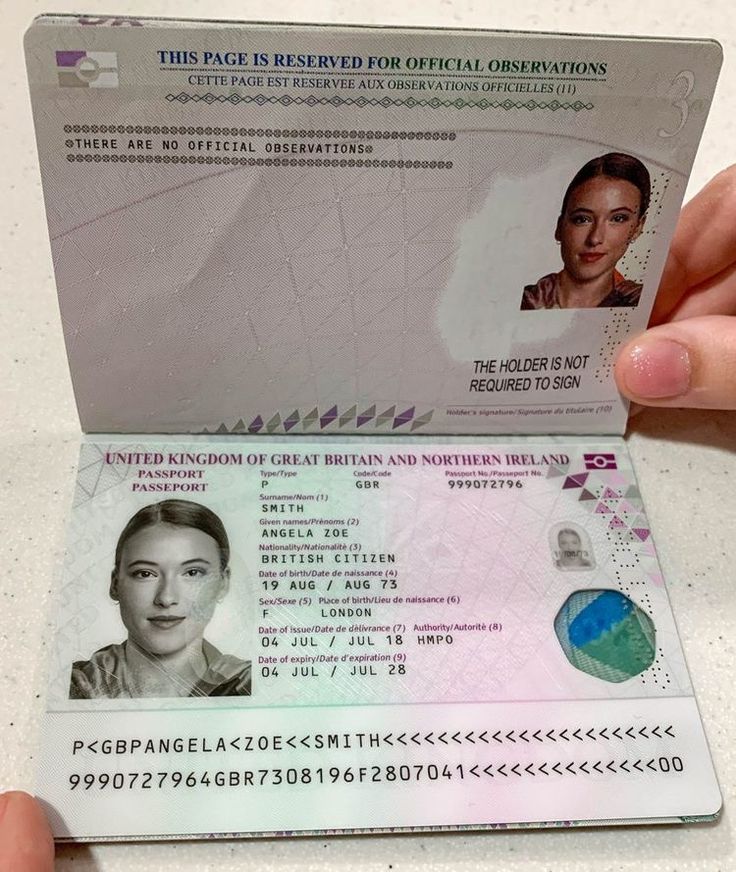 Moreover, this includes both the restaurant manager and the captain of the fishing vessel;
Moreover, this includes both the restaurant manager and the captain of the fishing vessel; - Skill Type A - professions that require a university degree, such as a doctor, lawyer, architect;
- Skill Type B - technical specialties or crafts for which a secondary specialized education is sufficient: plumbers, electricians, cooks.
Each profession in the NOC has its own number. On a special page, you can see which group your profession belongs to, whether it is suitable for Express Entry and what number it has in the NOC classification.
Your experience will be taken into account only if you have worked in this specialty for at least a year on a full-time basis - that is, at least 30 hours a week, all this time held one position, did not quit and received money for this work. The fact of payment will need to be confirmed either by bank statements or pay slips.
I had a lot of experience as a public relations specialist. This position is in NOC, its number is NOC 0124 Skill Type 0.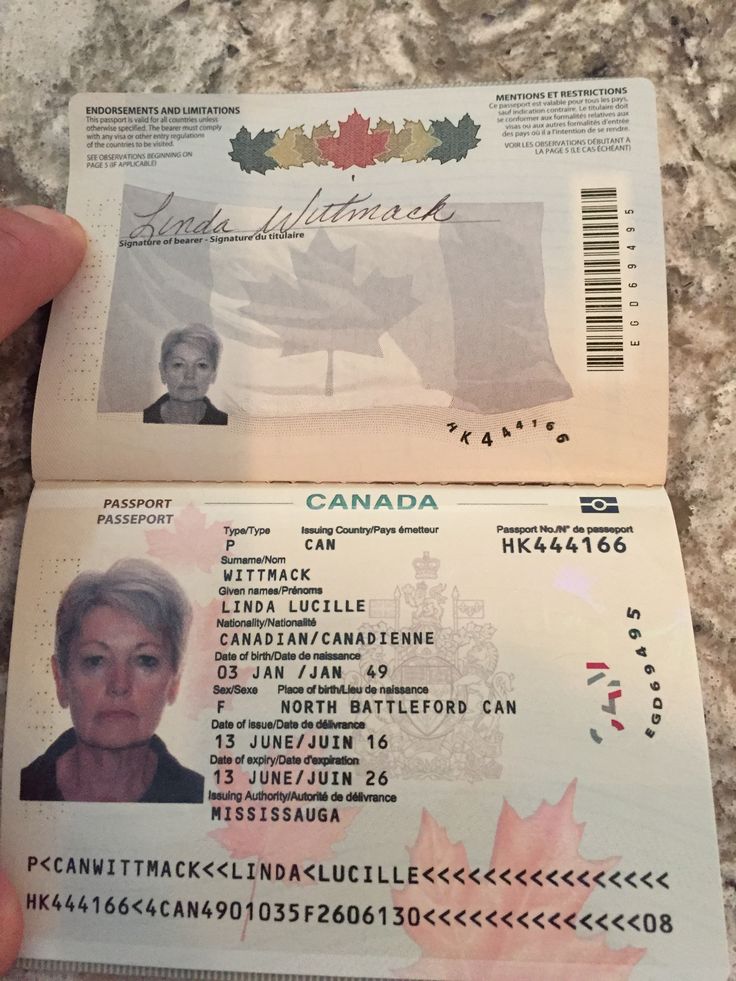 So, according to this criterion, I was suitable for Express Entry.
So, according to this criterion, I was suitable for Express Entry.
Exams in English or French
To be eligible for Express Entry, you must pass an English or French: you can choose the one you know best. For English, IELTS General Training or CELPIP General test certificates are accepted. For French, TEF Canada or TCF Canada.
All four assessment criteria - listening, reading, writing and speaking - must be at least level seven of the Canadian language assessment system - CLB, Canadian Language Benchmarks. For IELTS, this means that all scores must be at least 6. In other words, you need to speak the language at least at an upper-intermediate level: Upper-Intermediate.
CLB Correspondence Chart for IELTS Scores
Correspondence Chart for TCF Canada 9 Exam Scores0003
I passed the IELTS English exam, it cost 14,000 R. The results were good:
- Listening - 8;
- Reading - 8;
- Writing - 7;
- Speaking - 7.
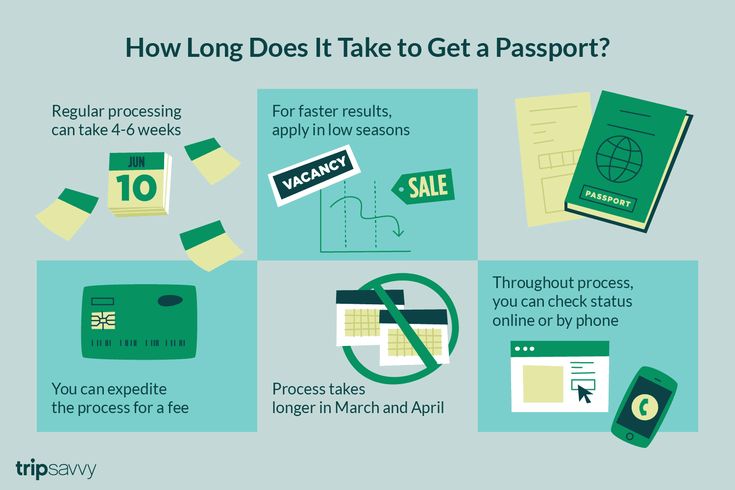
Required Education
education, i.e. high school. To do this, you need to send your diploma to a Canadian organization that will evaluate it and tell you what level it corresponds to.
A list of Canadian organizations that evaluate foreign diplomas is available on the government website. I used the services of World Education Services (WES) because this company offered the shortest period for reviewing documents: three months.
I have a Master's Degree and a Master's Degree from London Metropolitan University. I only confirmed my master's degree, which I received in London. According to WES, he corresponded to the level of a master's degree in Canada. From other immigrants, I heard that WES also equated their Russian specialist diplomas with masters.
I paid £15 (R1340) for sending documents from London to WES and 342CAD (R17870) for WES services.
WES report on my education assessmentRegistration documents and quotas
Express Entry registration is free. You need to upload copies of three documents to the system:
You need to upload copies of three documents to the system:
- Valid passport.
- Certificate of passing an exam in English or French. The certificate must be valid. IELTS, for example, is valid for two years from the date of the exam.
- Education assessment reports.
As soon as you register, the system will send a welcome letter with congratulations: you have been accepted into the pool of candidates for Canadian residency. But it's too early to rejoice, because getting into the pool does not guarantee that you will be invited to apply for a residence permit.
/best-countries-ever/
Top 10 countries for immigration
Express Entry - points system. It assigns each candidate a certain number of points according to their data. Canada selects a limited number of candidates. A passing score is announced, and invitation letters are sent to those who scored it. The more points, the higher the chances that you will be invited from the pool. On the official website of the program, you can see statistics on how points are distributed among candidates.
On the official website of the program, you can see statistics on how points are distributed among candidates.
In 2019, when I signed up for Express Entry, candidates were selected 2-3 times a month. About 3-3.5 thousand candidates were invited at a time. At that time, there were about 100,000 people in the pool, and the average passing score was about 460.
Passing scores of all samples in the Express Entry 9 program0003
In 2020, the pool exceeded 140,000 participants, and the invitation quotas, if any, increased slightly. The passing score also increased.
How Express Entry members are awarded points
There are six criteria that affect how many points an applicant is awarded.
Scoring calculator
Language level. I can only talk about the IELTS exam because I took it. If you get sevens on four criteria - L (listening), R (reading), W (writing), S (speaking), then the system will assign you 110 points for knowledge of the language. If you manage to pull up the listening to the overall results L 8, R 7, W 7, S 7, then the system will assign you 124 points. I passed L 8, R 8, W 7, S 7 and got 127 points. As a general rule, the better your exam grades are, the more points you get.
If you get sevens on four criteria - L (listening), R (reading), W (writing), S (speaking), then the system will assign you 110 points for knowledge of the language. If you manage to pull up the listening to the overall results L 8, R 7, W 7, S 7, then the system will assign you 124 points. I passed L 8, R 8, W 7, S 7 and got 127 points. As a general rule, the better your exam grades are, the more points you get.
More information about all 6 criteria on the official Express Entry website
Level of education. If you have a bachelor's degree, you will receive 120 points. For a master's degree, 135 points will be awarded. For an academic degree (PhD) - 150 points.
Work experience. The minimum required experience is one year. They give 25 points for it. If the experience is more than three years, then you will receive 50 points.
I had 11 years of work experience, 4 of which I worked in public relations.
Age. The younger the better. The maximum 110 points for age are given to those who are under 30 years old. If you are exactly 30, get 105 points. At 40 years old - 50 points. At the time of registration in Express Entry, I was 33 years old, I received 88 points.
The younger the better. The maximum 110 points for age are given to those who are under 30 years old. If you are exactly 30, get 105 points. At 40 years old - 50 points. At the time of registration in Express Entry, I was 33 years old, I received 88 points.
Employment in Canada. Everything is simple here: you either have a job offer from a Canadian company - and then you have plus 200 points, or not - and then nothing. I didn't have an offer.
Adaptability. Several factors are taken into account here. First, are you going to immigrate with your wife, husband, partner, children. They will act as co-applicants. They can also take a language test. If they have good results, it will add points to you.
/emigrant-expectations/
Emigration: expectations and reality
Secondly, whether you or your co-applicants have relatives in Canada affects adaptability. These include parents, children, grandparents, brothers and sisters, aunts and uncles, nephews and nieces.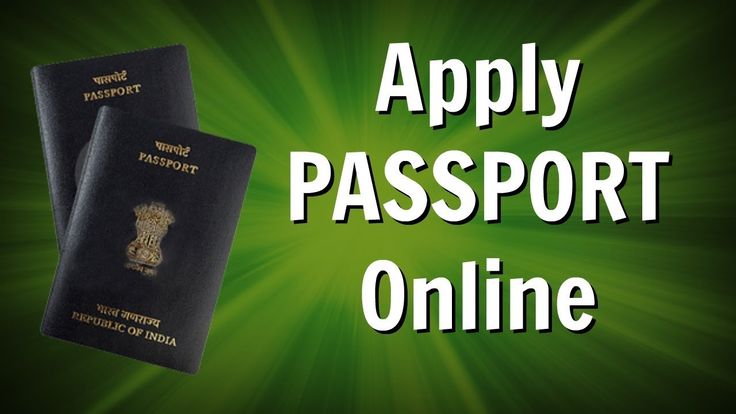 If they are, then points will be added to you.
If they are, then points will be added to you.
Third, consider your previous work or study experience in Canada, if any. Points will be added only if you or your co-applicants studied or worked in Canada for more than six months.
I was the only applicant, I had no experience of living or studying in Canada, as well as relatives in the country.
What to consider when registering with Express Entry
By the end of May 2019, I had all the necessary documents in my hands, and I registered with Express Entry.
To register, you must create an account at canada.ca. After that, you will have 60 days to fill out the Express Entry form and submit it - that is, click the Submit button.
The questionnaire itself is typical. You need to fill in the fields with personal data: first name, last name, date of birth, citizenship, country of residence, contacts. You also need to indicate your education and the results of the language exam, list work experience. In addition, you will need to write if you have co-applicants, list them, and also indicate whether you are applying on your own or through a representative - a migration agent.
In addition, you will need to write if you have co-applicants, list them, and also indicate whether you are applying on your own or through a representative - a migration agent.
During the registration process, you will be asked in which province you would like to live. You can select one, several or all. In this way, you give these provinces the consent to send you invitations to move.
I didn't have a clear preference for exactly where I wanted to live in Canada, so I focused on economic indicators. I looked on Wikipedia, where the country's GDP and wages are higher. She noted for herself Ontario, British Columbia and Alberta. I read about each separately on Wikipedia and went to their government websites. It seemed to me that in these provinces it would be easier for me to find a job in my specialty, that is, in the field of communications and public relations. So those are the three provinces I listed on my Express Entry profile.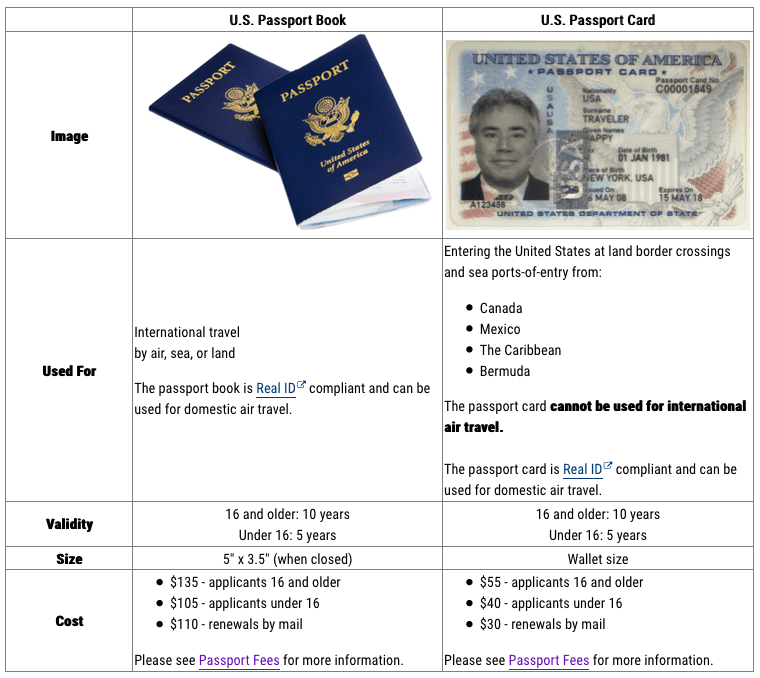
/canada/
Life in Canada
Administrative map of Canada. Source: WikipediaHow much money is needed
Canada sets a mandatory amount that a candidate must have in order to be eligible for immigration. It varies depending on whether you are moving alone or with your family.
If you are moving alone, you will need to have 13,213 CAD (1,099,057 R) on your account, if you are moving together - 16,449 CAD (1,368,228 R). About once a year, Canadians index these amounts a little, so they need to be tracked on the site.
13 213 CAD
you need to have to move to Canada alone
It is important for Canadians to understand that this is not credit money, but yours, and you can dispose of it at any time. If the candidate says that he has an apartment or a car that he can sell to get the required amount, this will not work. The Canadian government needs this money to be in your bank account for at least 6 months by the time you apply for a residence permit.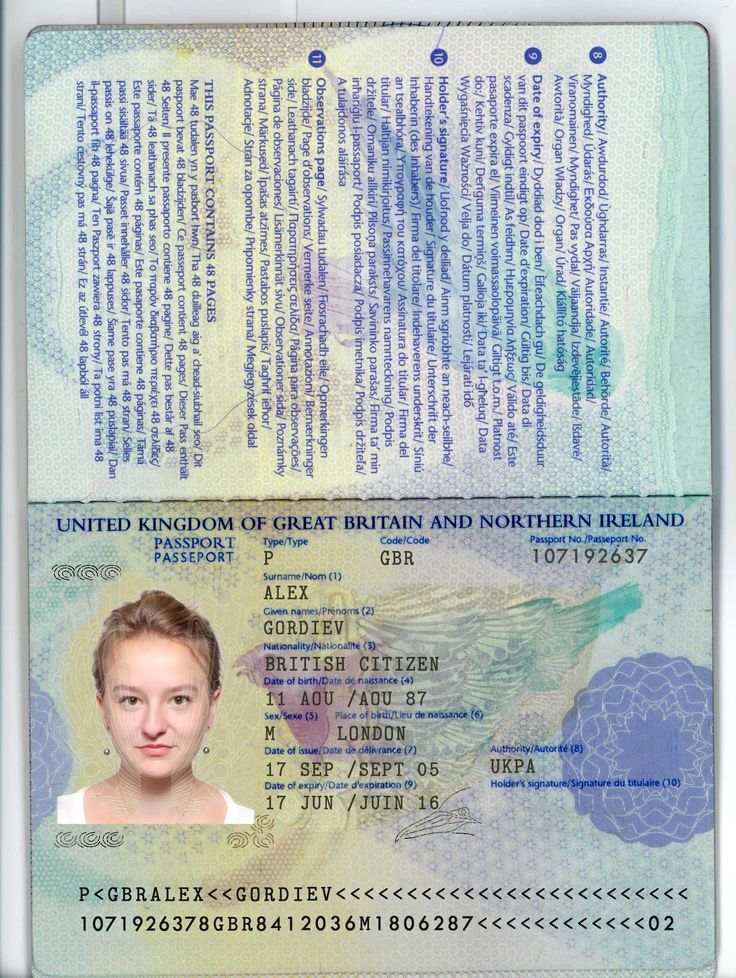
However, no proof of funds is required when registering for the Express Entry candidate pool. It is enough to indicate how much money you will bring.
I was moving alone, and the required amount was in my dollar bank account.
How much money is needed to obtain a residence permit in Canada under the Express Entry program. Amounts are in Canadian dollarsHow to get an invitation from the province
Express Entry awarded me 450 points after registering. This did not guarantee that I would get into the sample, because at the end of May 2019, the passing score began to grow. But about a week after I registered in the pool of candidates, the province of Ontario sent me a letter in which they offered to apply for a nomination specifically for them.
A nomination is a kind of invitation to move to a particular province. It can be obtained if, for example, your specialty is in demand in the province, or if it wants to increase the number of French-speaking residents, and you know French well.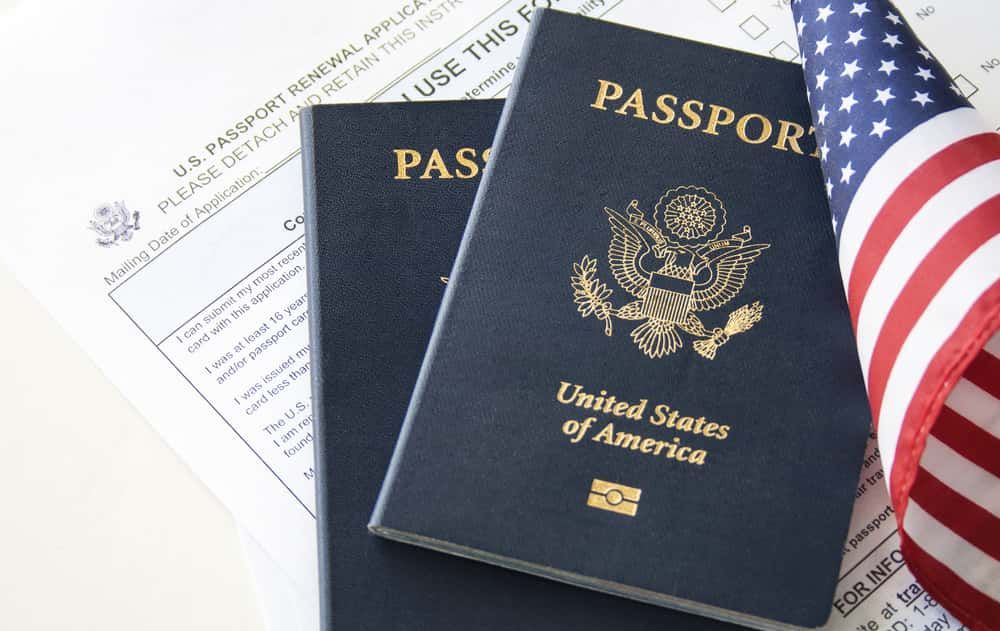 Each province has its own selection criteria and quotas for the number of invitations.
Each province has its own selection criteria and quotas for the number of invitations.
Information for those wishing to move to Ontario on the official website of the province. Here you can see what specialties are in demand there now, and read more about who Ontario invites. Attention: periodically this link is opened only through VPN
You need to understand that an invitation from a province does not guarantee that you will receive a nomination: it only gives you the right to apply.
The province of Ontario chose me for my profession. It turned out that they needed public relations specialists.
A provincial nomination adds 600 points to your Express Entry profile. This guarantees a hit in the selection. I decided to accept Ontario's invitation and began to collect the necessary documents for the nomination.
In June 2020, Ontario also needed public relations specialists, as well as marketers, nutritionists and nurses My invitation to the nomination from the province of OntarioHow to apply for the nomination from the province
All documents must be in English or French. Translations are accepted only with notarization.
Translations are accepted only with notarization.
List of documents required to apply for the Ontario nomination
Here is what I needed to prepare:
- Standard resume - indicating education, skills, work experience.
- Certificates from all places of work indicating job duties and salary.
- Evidence that I received a salary at all places of work: bank statements or payslips.
- Photos as in documents.
- Copies of all pages of the international passport.
- Diploma of education and report from WES.
- IELTS certificate.
A bank statement showing transactions for the last three months - this is needed to confirm that I have enough money to immigrate to Canada.
To confirm your salary for previous years, you need to provide certificates for the last 10 years, but I just collected bank statements. All of them were in Russian. I spent 8350 R. on their translation with notarization. It took about three working days.
It took about three working days.
8350 R
I spent on translation with notarization
Let's say the company you worked for 10 years ago no longer exists. Or, for example, your salary was paid in cash. Then, instead of certificates and bank statements, you need to write an explanatory letter and state your situation in a free form. It is better to attach all the evidence that you can collect, for example, an extract from the labor or an old receipt for receiving money. Just remember that all documents must be submitted with a translation into English or French.
The candidate has 45 days from the date of receipt of the invitation from the province to collect all the documents required for the nomination, upload them to the website and submit them for consideration. On the website of the provincial government - in my case, Ontario - you need to create an account, fill out a form and attach all documents to it. The questions there are the same as in the Express Entry registration form.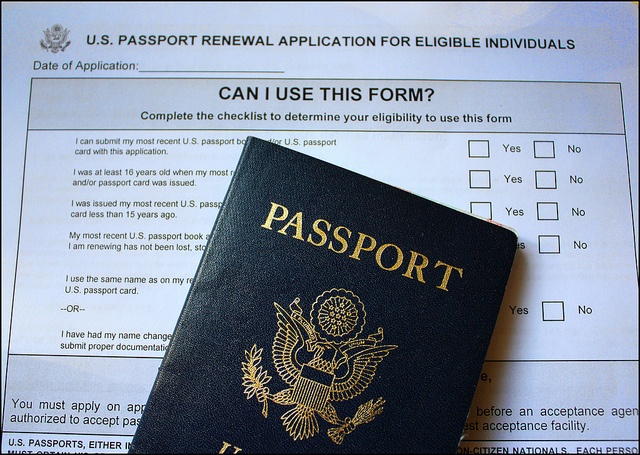 They will also ask you to indicate your number in the pool of Express Entry candidates.
They will also ask you to indicate your number in the pool of Express Entry candidates.
You will need to pay 1,500 CAD (78,400 R) for consideration of the application. Payment will take place online after you fill out the form and click the Submit button. The review takes an average of three months.
/zhivi-tam-horosho/
Living and working: how much does it cost to move abroad
I applied for a provincial nomination in mid-July 2019. A letter confirming that I received a nomination from Ontario arrived at the end of September. I received a notification in my profile in the Express Entry program: I was offered to accept or refuse a nomination. As soon as I accepted it, the system recalculated my points - and they became 1050.
During the next selection of candidates, I received an invitation to apply for a residence permit in Canada.
The Government of Canada invites me to apply for a residence permitDocuments to apply for a residence permit
After receiving an invitation to apply for a residence permit, the candidate has 60 days to collect them and upload them to his Express Entry profile. If you don't meet it, everything is lost. You have to start the whole process over again.
If you don't meet it, everything is lost. You have to start the whole process over again.
List of required documents
Here are the documents required:
- Medical examination certificate.
- Criminal record certificates from all countries where you have lived for more than 6 months in the last 10 years.
- Proof of work experience - certificates from all companies where you have worked in the last 10 years, indicating job duties and salary.
- Proof of education.
- Language test confirmation.
- Proof of money for immigration.
- Photographs.
In general, the list of documents did not differ much from what had to be submitted for the Ontario nomination. But here they did not require notarization of translations. It was enough to make them in an authorized, that is, officially registered translation agency. Each translation must be stamped by the bureau and signed by the translator.
Police clearance certificate. The list of documents included certificates of no criminal record. They had to be provided from all countries where I have been for more than 6 months over the past 10 years. I have been to Russia, Great Britain and Indonesia.
The list of documents included certificates of no criminal record. They had to be provided from all countries where I have been for more than 6 months over the past 10 years. I have been to Russia, Great Britain and Indonesia.
What to do? 06/30/20
Can I emigrate if I had a criminal record in Russia?
In Moscow, such a certificate is issued free of charge within a month after applying to the Ministry of Internal Affairs or the MFC. In the UK, it can be ordered online. I requested a certificate, and it was sent to Russia by regular mail. It cost me £54 (R4821). The certificate was also sent in a month.
But there were problems with Indonesia. The country officially issues such certificates only in person and only to residents of the country, even if they are temporary. I found this information on the website of the Indonesian police. I sent requests with a request to officially confirm this information to the Indonesian Embassy in Moscow and the Indonesian police. I wrote, called on the phone - but did not receive an answer.
I wrote, called on the phone - but did not receive an answer.
As a result, instead of a certificate, I uploaded a letter to the system, in which I explained the situation. In it, I referred to the official statement of the Indonesian Embassy in Canada, which confirmed that such certificates are not issued to foreigners.
Medical examination. Before applying for a residence permit in Canada, it is required to undergo a medical examination in a specialized clinic. It is determined by the International Organization for Migration - IOM. I underwent a medical examination at the city polyclinic located near the Ulitsa 1905 goda metro station. There is a separate reception especially for IOM, so there are no queues.
Medical examination in Moscow for entry into Canada
Medical examination took a couple of hours. It included fluorography, urine and blood tests, examination by a therapist. November 2019I paid $290 for a medical check-up, then it was R18,655.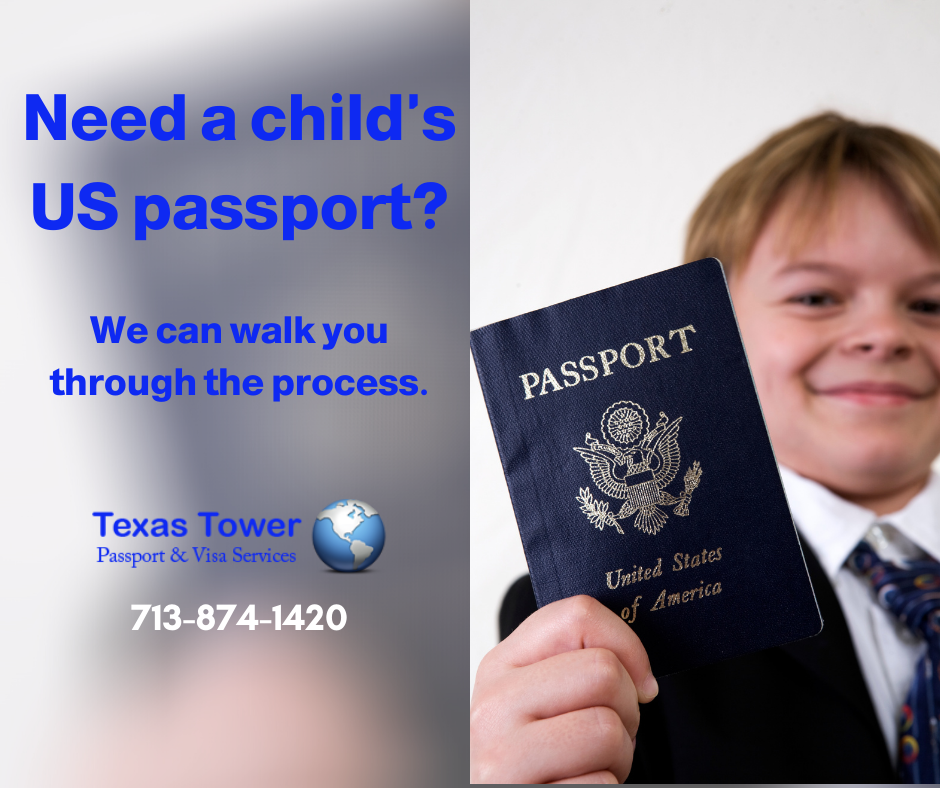
Petty expenses. I paid another 2400 R for the translation of the Russian certificate of good conduct and a bank statement stating how much money I have in my account. For photographs according to Canadian standards - 455 R.
In November 2019, I uploaded all these documents to Express Entry and paid the fee: 1125 CAD (58 800 R).
Final stage
The answer comes on average within four to six months, sometimes faster or longer. I received the coveted letter two months later, in mid-January 2020. It contained instructions on how and where I need to hand in my passport in order to get a Canadian visa.
At the Canada Visa Application Center, I paid 900 R for sending my passport to the Canadian Consulate for visa stamping, another 502 R for the photos I took in the local photo booth. I had a photo of the wrong format with me, I had to take a new one on the spot.
900 R
I paid for the forwarding of my passport to the Canadian Consulate
At this stage I received an immigrant visa.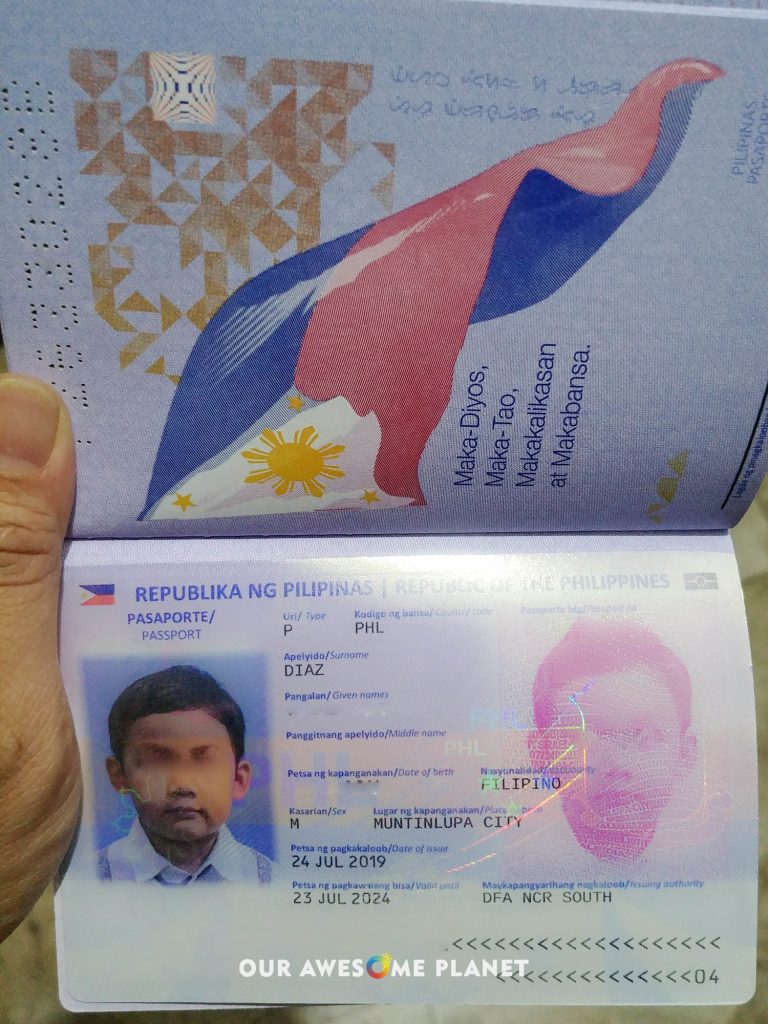 It is impossible to live in the country according to it: a visa is needed only to enter Canada once. Upon arrival, I had to draw up documents for the status of a permanent resident.
It is impossible to live in the country according to it: a visa is needed only to enter Canada once. Upon arrival, I had to draw up documents for the status of a permanent resident.
After a couple of working days, the passport with the visa could be picked up. With him, I was given a paper that confirmed my status as a permanent resident of Canada.
In total, the process of participating in Express Entry took me almost a year, counting from the moment I sent my diploma of education to WES - this was in February 2019. During this time, I spent 45,262 R, 2967 CAD (155,000 R) and 69 £ (6160 R). And this is without taking into account plane tickets, rental housing for the first time and medical insurance.
This document confirms that I am now a permanent resident of Canada My visa to enter CanadaProtracted move
At the end of January 2020, I had all the documents on hand and could plan my move to Canada. I decided to fly in early April. Two months would have been just enough for me to complete my business, quit my job and calmly pack up.
Portuguese Airlines offered one-way tickets Moscow - Toronto for 23,000 RUR. I bought such a ticket. It was non-refundable and, in addition to hand luggage, included two 23 kg suitcases.
The plane was supposed to land in Toronto late in the evening, so I planned to spend the night at a hotel near the airport first. And the next day, move to the apartment that I found on Airbnb. I booked this accommodation for the whole month and spent about 950 $ (67,000 R).
In mid-March, just the day I picked up my work book at work, Canada closed its borders due to the coronavirus pandemic. In the last days of March, the Canadian government announced that certain categories of foreigners still have the right to enter: among them were those who, like me, received an immigrant visa before March 18, 2020. From that moment on, I could fly to Canada. But literally on the same day, Russia announced the suspension of international flights. Portuguese Airlines also canceled my flight and offered to reschedule it to another date.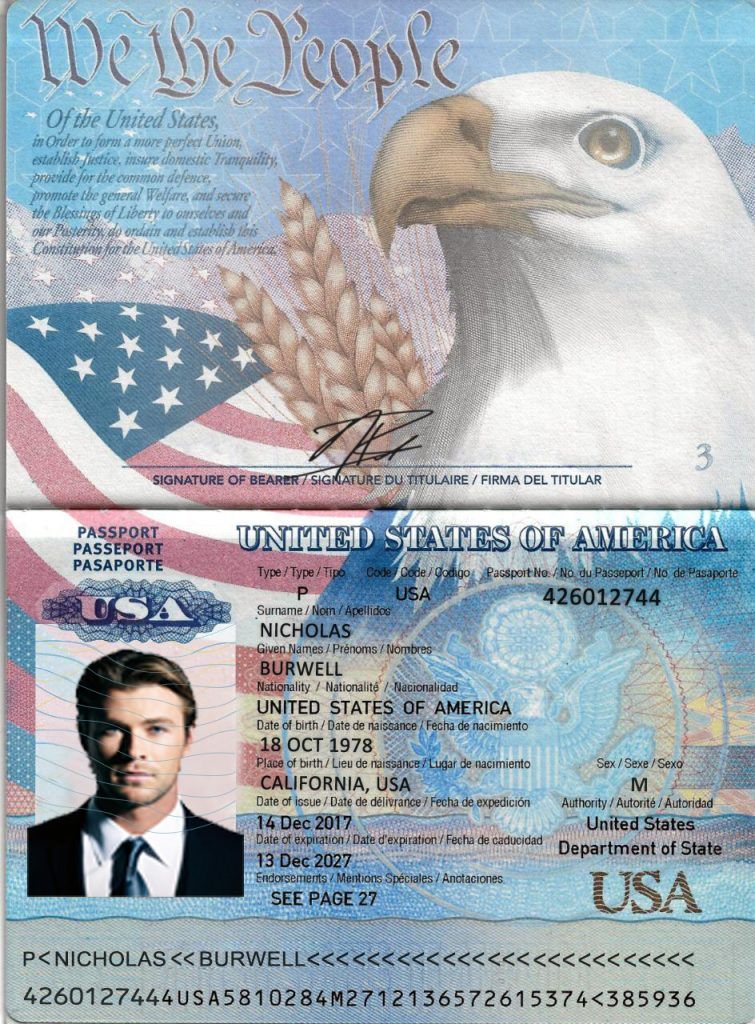
I postponed my flight to the beginning of June: I was sure that this ban could not last longer. I had to pay 31.53 $ (2225 R) for the difference in fares.
/discuss/plans-and-coronavirus/
How has coronavirus changed your plans and budget?
Fortunately, both the hotel where I booked and Airbnb gave me a full refund for my accommodation. I lost about $80 (5646 R) on currency conversion: all booking prices were in Canadian dollars, and my Russian bank account was in American dollars.
My hopes were not justified: regular flights were not resumed in June. My flight was canceled again.
By this time, I had been unemployed for the third month and was waiting for a flight. At this time, in Canada, the number of cases began to decline, and the country slowly began to return to normal life. I realized that there was no point in waiting any longer, and decided to get out of Russia. The Government of the Russian Federation allowed everyone who has a residence permit, a work or study visa, who is sent for treatment or to care for sick relatives, to leave. I could leave the country because I already had the right to a residence permit in Canada.
I could leave the country because I already had the right to a residence permit in Canada.
In the end, I decided to fly from Minsk and drive to Belarus. My parents took me to the Krasnaya Gorka border checkpoint along the M1 highway. I ordered a taxi in Belarus in advance, which met me at the border and took me to the international Minsk airport - this is about 250 km. Taxi cost 85 $ (6000 R).
I traveled from Minsk to Toronto on a KLM plane, the ticket cost $985.33 (69,550 R).
Upon arrival in Canada, I was obliged to self-isolate and quarantine for 14 days. This means that I had to settle in separate housing, not go outside for two weeks and not receive guests. Violators face huge fines of up to 750,000 CAD (3900 000 R) - or 6 months in prison.
To comply with the quarantine, I rented an apartment on Airbnb for 16 nights. Paid 1365.64 CAD (71,300 R). For the first month, I also bought myself medical insurance from the Canadian insurance Dest Travel for 64. 8 CAD (3345 R).
8 CAD (3345 R).
During the quarantine, I received several calls from the Canadian government. Politely asked how I was doing and thanked for the cooperation. To some extent, for the sake of such an attitude, I moved to Canada.
For this article, I have tabulated all my travel expenses. It turned out that in rubles I spent 387,565 R. This amount is approximate due to fluctuations in exchange rates. In the spring of 2022, it would have amounted to 559874 R. The exact cost is indicated in the table in currency.
How much I spent on moving to Canada
| Waste | Cost |
|---|---|
| Ontario Nomination Application Fee | 1500 CAD (17,870 R) |
| Apartment for rent in Toronto for 16 nights | 1365.64 CAD (96,951 R) |
| Air ticket Minsk — Toronto KLM | $985.33 (R87,295) |
| Payment for consideration of an application for granting resident status | 1125 CAD (79 904 R) |
| Air ticket Moscow - Toronto TAP Portugal | 23 006 Р |
| Medical examination | 18655 Р |
| WES Diploma Verification | 342 CAD (24,291 R) |
| English IELTS exam | 14 000 R |
| Translation of documents with notarization | 8350 P |
| Taxi from the Russian-Belarusian border to Minsk International Airport | $85 (7533 R) |
| Money lost on booking accommodation for April 2020 | 80 $ (7090 R) |
| UK Criminal Record Certificate | 54 £ (6268 R) |
| Monthly health insurance | 64.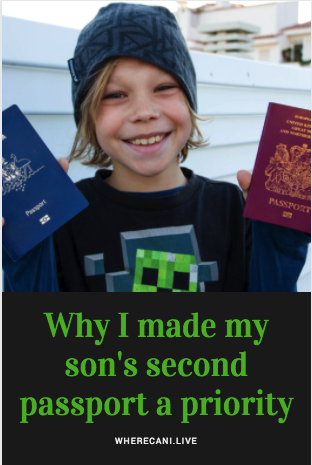 8 CAD (4602 R) 8 CAD (4602 R) |
| Translation of certificates | 2400 Р |
| Forced postponement of departure date due to coronavirus and surcharge for TAP Portugal fare difference | $31.53 (2794 R) |
| Canadian Visa Application Center Services in Moscow | 1402 R |
| University fee for sending my documents to WES | 15 £ (1741 R) |
| Photo | 455 P |
Payment for consideration of the application for the nomination from Ontario
Cost
1500 CAD (17 870 r)
Rent of an apartment in Toronto for 16 nights
Cost
1365.64 Cad (96 951 r)
Airline Minsk - Toronto KLM
Cost
985.33 $ (87 295 r)
Payment for consideration of the application for the status of resident
Cost
1125 CAD (79904 r)
Air ticket Moscow - Toronto Tap Portugal
Cost
23 006 006 006
Medatic
Cost
18 655 R 9000 Confirmation CAD (24,291 R)
English IELTS exam
Cost
14,000 R
Translation of documents with notarization
Cost
8350 R
Taxi from the Russian-Belarusian border to the Minsk International Airport
Cost
85 $ (7533 r)
Money, which lost on April 2020 920 920
Value cost value cost
$80 (7090 R)
UK Criminal Record Certificate
Cost
[[54GBP:6268]
3
0198
Cost
£15 (1741 R)
Cost
455 R
Where to find information about immigration to Canada
Canada's main source of information with step-by-step instructions can.





